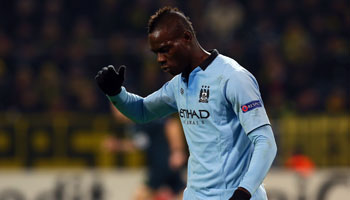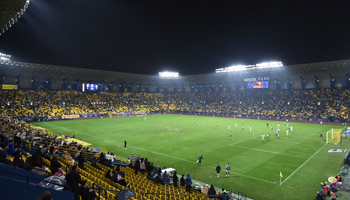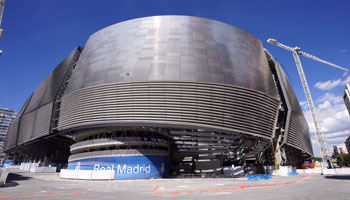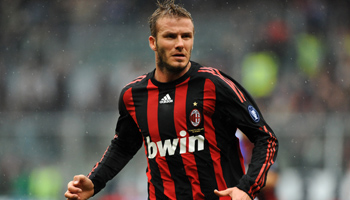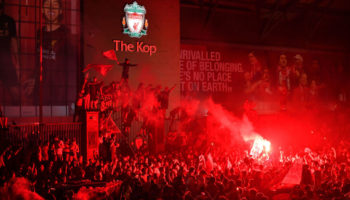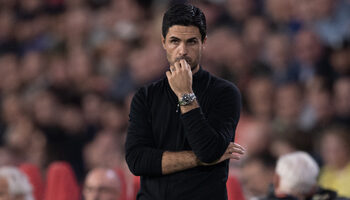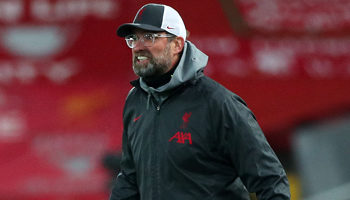The World Cup is the single biggest stage – and shop window – for football’s top talent, but just how much of an impact can it have on a player’s career?
We’ve looked at every summer signing made by clubs in the ‘big five’ European leagues since World Cup 2006 – including which players moved after the tournament – to see how the last three editions have influenced the transfer market.
Who snaps up the most World Cup talent?
If you’re an English fan watching the tournament this summer and see a player shine, there’s a decent chance you’ll be watching him strut his stuff in the Premier League before too long. Of all the players who managed at least 180 minutes at a World Cup and moved to a ‘big five’ league that same summer, over 40% ended up in the Premier League. This is more than double the share of the next most-popular destination – La Liga – and highlights the extent to which Premier League managers could be influenced by what they see in Russia.
We also saw a clear “World Cup premium” in the transfer fees, with twice as many of the 20 most expensive deals in each of those summers moving after the tournament was over than before or during it. Young players in particular have been proving their quality at international level, with over three quarters of those aged under 25 who featured at the tournament moving after it was over, compared to half of those in their late 20s and under a third of those already in their 30s, whose capabilities were presumably better-known.
Which nation’s players get the biggest boost in a World Cup year?
In recent years, tournament hype has benefited certain nations more than others, with Belgium’s bumper crop of talent getting the biggest boost. If we look at the top 10 transfers in each of the big five leagues over every season since 2006, the number involving Belgians increases by 50% in summers when there’s a World Cup on, with Brazilians, Italians and Serbians all seeing an increased demand for their services. Portuguese and Colombian players, meanwhile, have been less popular, which in the latter’s case surely owes something to their qualifying difficulties in recent years.
World Cup flops
The Premier League’s habit of buying players off the back of a strong showing at the World Cup is well-established, but has often backfired. You can actually make quite the eyebrow-raising starting XI out of the high-profile flops who have joined – and in many cases swiftly departed – the English top flight.
Four summers ago we saw a promising Luke Shaw begin his nightmarish stint at Old Trafford, but also strikers Mario Balotelli and Enner Valencia struggle to translate their scoring rate in Brazil to the Premier League. The tournament before that earned Christian Poulsen a move to Liverpool but he was quietly offloaded to French minnows Evian a year later, while Jerome Boateng bombed at Manchester City before resuming his stellar trajectory at Bayern Munich the following season.
Why shortening the English transfer window is a bad idea
One factor set to limit how the potential damage of a post-tournament trolley dash is the planned early closure of the English transfer window before the start of next season. However, with the other European nations not set to follow suit, this exposes Premier League clubs to late bids for their top talent when they are unable to shop for an immediate replacement.
Again we found that we could build quite an interesting XI out of players who have left England’s top flight at a later stage than August 9 that illustrates how much talent could be lost if the continent’s giants come calling. Real Madrid are by far the biggest culprits, having spirited away the likes of Gareth Bale, Luka Modric and Arjen Robben in late August over the years, so could cause chaos with a late summer bid for the likes of Harry Kane or Mohamed Salah.
